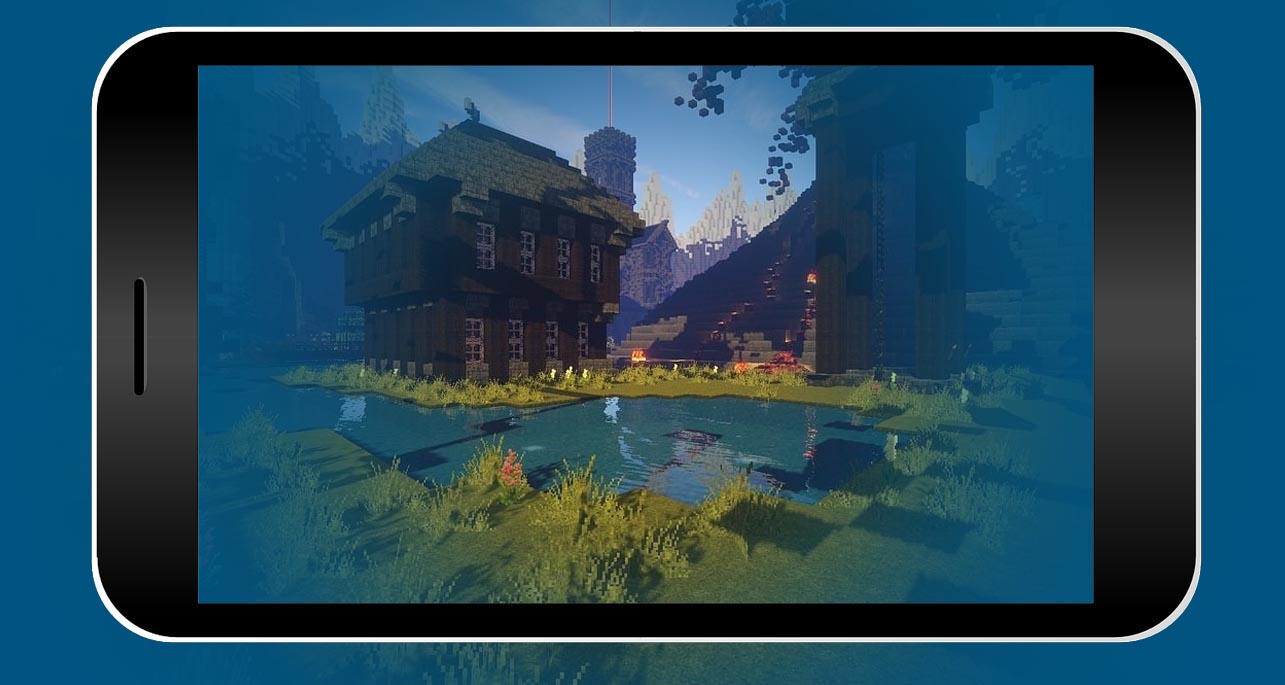MacBook screen flickering problem mainly occurs due to the absence or outdated drivers. But if you have already up to date display drivers then following practices may solve this issue in few minutes.

Table of Contents
How to Fix MacBook screen flickering?
In recent years, Apple has gradually changed the scope of its MacBooks. Users have recently been affected by quality control difficulties in the hardware and software areas. The flickering screen problem affects both retina and non-retina displays, and many Mac users have reported that it occurs when using Terminal or when graphics are enabled or off.
So here we have come up with some solutions that you can try at your end to fix the MacBook screen flickering issue.
#1. Reboot the computer
Let’s start with the fundamentals. Using the Restart option, turn your MacBook off and on. Every device-related issue appears to be serious but may be resolved with a restart. You’d be shocked at how frequently this works.
If Your Mac screen flickering problem is caused by software, you should do this first to rule out that possibility. So quickly restart your device before doing other activities.
#2. Change the energy-saving settings
The mac screen flickering can be produced by the Energy Saver not operating properly if you have a MacBook Pro. If you select automatic graphics swapping in Energy Saver, your Mac will switch between two graphics chips depending on how often it is used.
To deactivate automatic graphics switching on a Mac, follow the steps below.
Step 1: In the upper left corner, tap the Apple icon.
Step 2: Select System Preferences from the drop-down menu.
Step 3: Open Energy Saver and disable the option for automatic graphics switching.
#3. Select safety mode
On macOS, Safe State turns off numerous services and puts them in a low-key mode. This has an impact on the screen parameters as well. To see if your screen visuals have stabilized, try entering Safe Mode.
Step 1: Completely shut down your Mac.
Step 2: Press and hold the Shift key while turning on the Power.
Step 3: Continue to hold Shift until you get the Login Screen.
Step 4: You are now in Safe Mode.
By now, you should be able to see if your Mac’s screen is still glitching.
#4. Turn off the true tone display
MacBook series of Apple brings its dazzling accurate tone display from the iPhone to the Mac. Proper Tone technology enhances the natural appearance of your screen colors. However, color management can sometimes go awry.
True Tone is friendly and easy on the eyes. However, it necessitates ongoing GPU involvement, which could result in a flickering screen.
To turn off the True Tone display on your Mac, follow the steps below.
Step 1: In the upper left corner, tap the Apple icon.
Step 2: Select System Preferences from the drop-down menu.
Step 3: Go to Display > True Tone and disable the feature.
#5. Remove third-party browsers from your computer
It is using Chromium or Firefox on a flickering laptop screen, issues. This is due to incompatibility with the operating system. Uninstall any third-party browsers you may have installed, such as Firefox and Google Chrome, then restart your device to see if it worked.
#6. Change the resolution of the display
Changing your screen resolution is another option to consider. Play around with the Resolution settings in System Preferences by going to Displays. Try turning off the default option displayed there.
#7. MacOS must be updated
Following the latest macOS update, you may experience screen flickering. After all, Apple isn’t exactly known for its timely software upgrades. To fix the MacBook screen flickering problem, update to the most recent and stable version of macOS.





